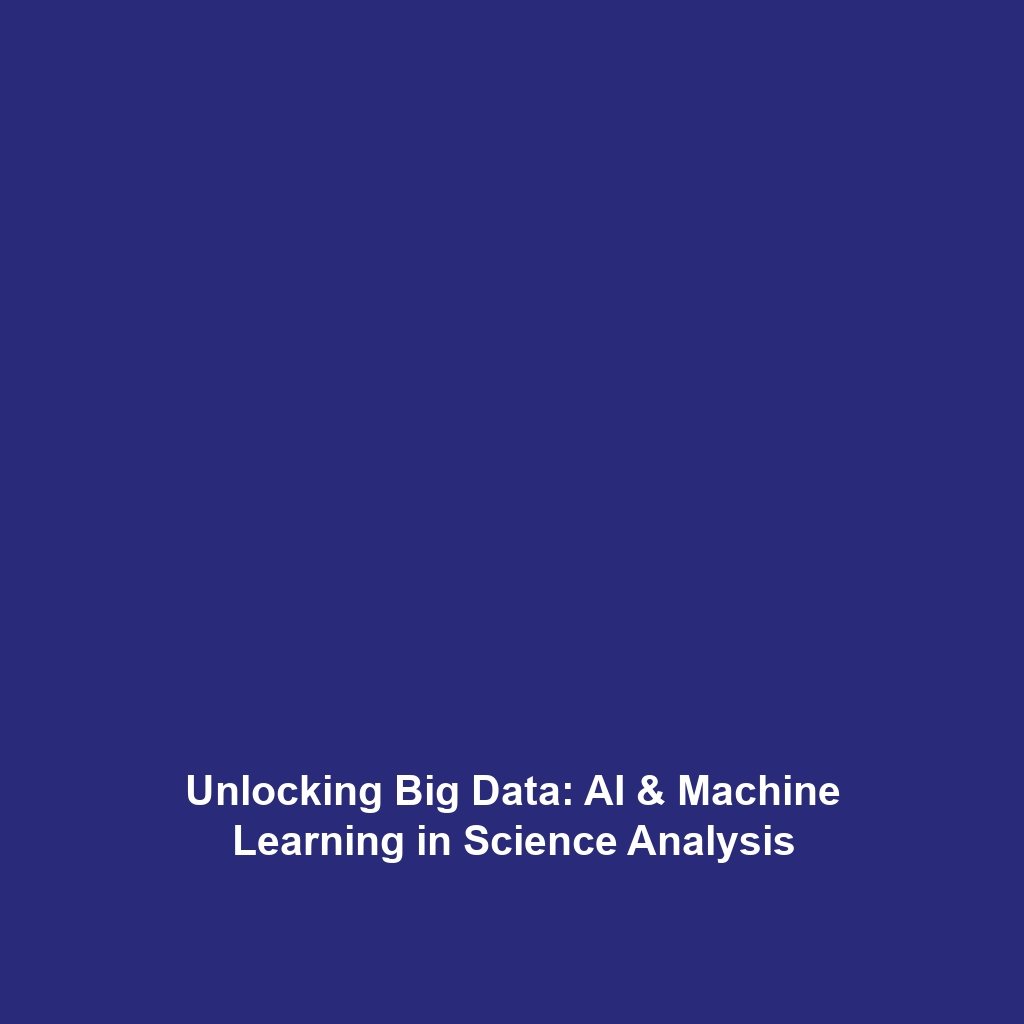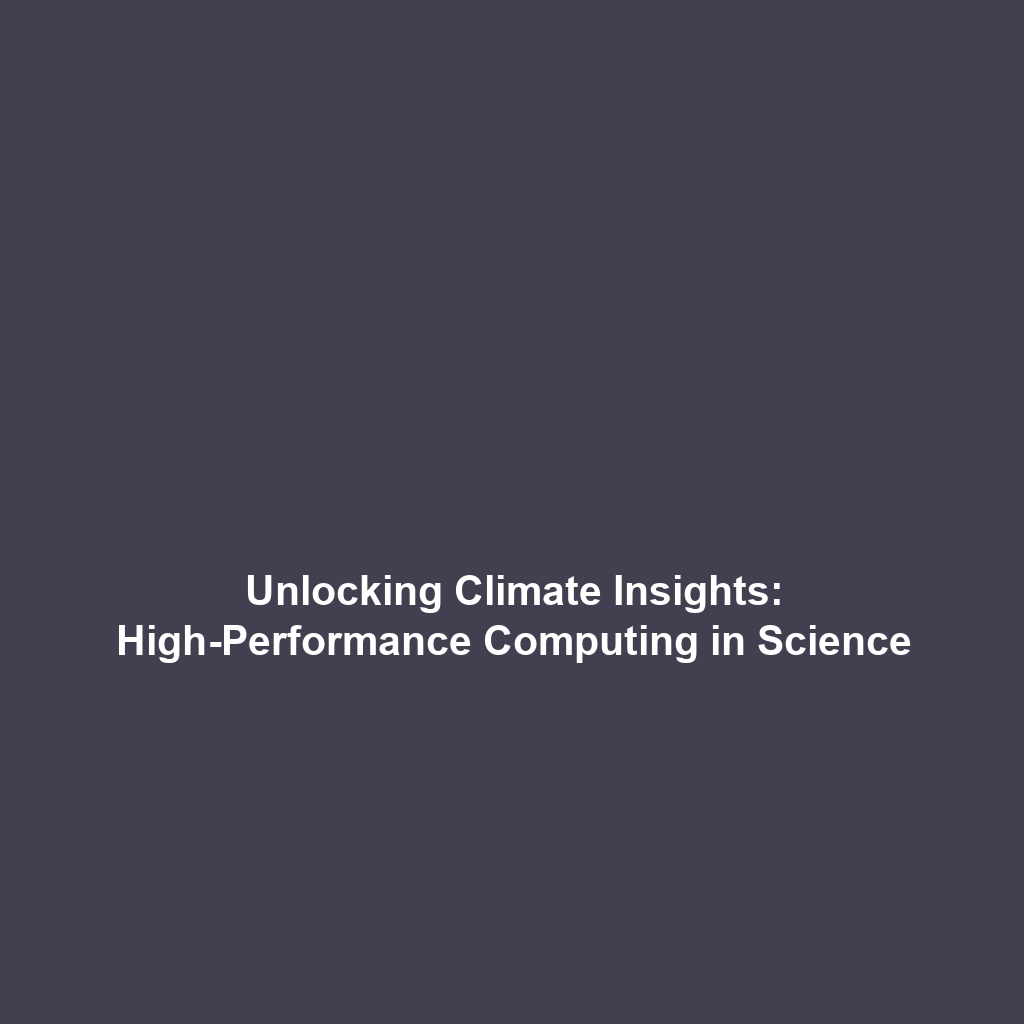Recent Breakthroughs in Simulating Black Hole Dynamics and Mergers
Introduction
Recent advances in simulating black hole dynamics and mergers represent a significant leap in our understanding of these enigmatic cosmic phenomena. By utilizing cutting-edge computational methods and algorithms, scientists are now able to create highly detailed models of black hole interactions, offering insights into their formation and evolution. These breakthroughs not only enhance our comprehension of black holes but also contribute to our understanding of gravitational waves, a key area of astrophysical research. The implications of these discoveries are profound, influencing multiple fields from cosmology to theoretical physics.
Key Concepts
Understanding Black Hole Dynamics
The study of black hole dynamics involves understanding how these massive entities interact with each other and their surrounding environments. Recent breakthroughs have focused on:
- Accretion Disks: The simulations of material spiraling into black holes, affecting their growth rates.
- Binary Mergers: Events where two black holes merge, leading to the release of immense gravitational waves.
- Gravitational Waves: These ripples in spacetime produced by black hole mergers are a primary focus of detection efforts.
Applications and Real-World Uses
The implications of recent breakthroughs in simulating black hole dynamics are far-reaching:
- Astrophysical Predictions: Improved accuracy in predicting gravitational wave events that can be observed by facilities like LIGO.
- Theoretical Physics: Insights into general relativity and quantum mechanics through black hole studies.
- Space Exploration: Enhancements in our understanding of cosmic infrastructures influencing future space missions.
Current Challenges
Despite these advancements, several challenges remain in accurately simulating black hole dynamics:
- High computational costs and resource requirements.
- Difficulty in modeling extreme conditions around black holes.
- Need for more precise observational data to validate simulations.
- Complexity in merging different scientific models of black holes.
Future Research and Innovations
Looking forward, researchers anticipate several innovations that may further enhance our understanding of black holes:
- Next-generation Supercomputers: These may allow for even more detailed and accurate simulations.
- Machine Learning Techniques: Utilizing AI to improve simulation predictions and efficiencies.
- Interdisciplinary Research: Collaborations between astrophysics, computer science, and mathematics to refine models.
Conclusion
In summary, recent breakthroughs in simulating black hole dynamics and mergers are reshaping our understanding of black holes and their critical role in the universe. These advancements have practical applications in astrophysics and pave the way for future innovations. To stay updated with ongoing research, explore our articles on gravitational waves and black hole theory.



